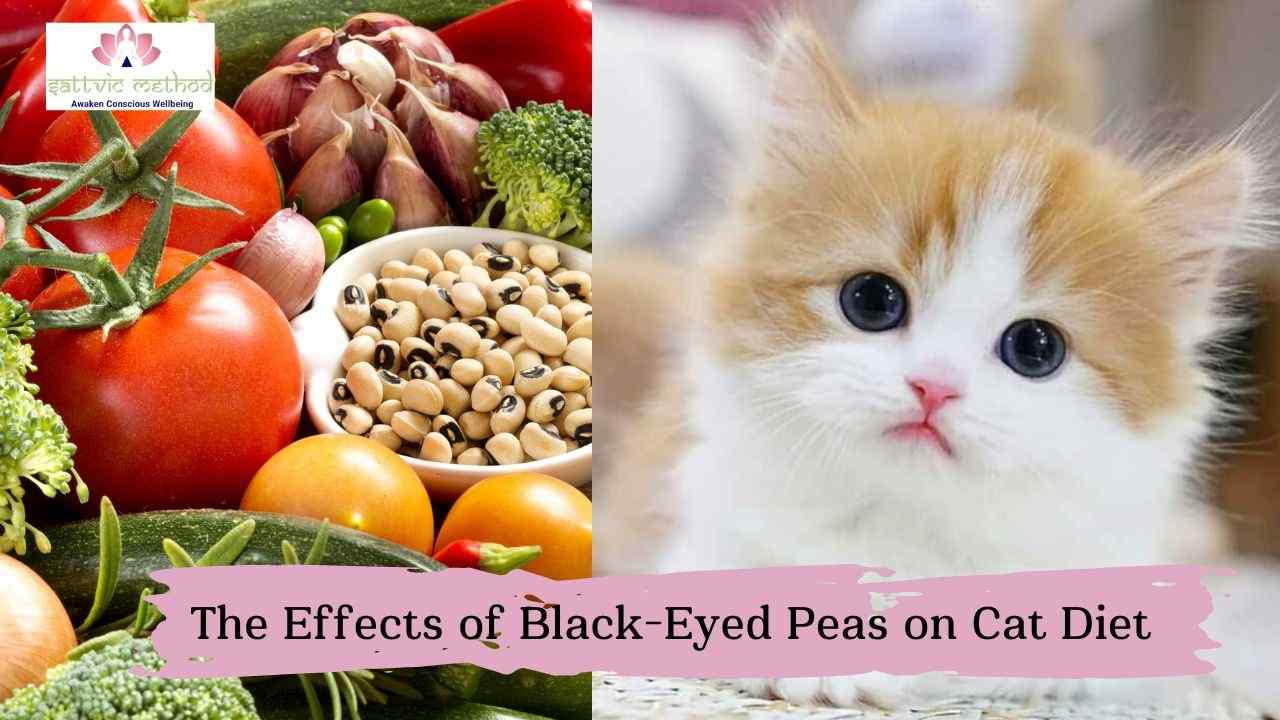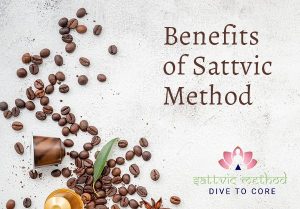Are black eyed peas safe for cats? It’s a question that many cat owners have pondered when deciding what human foods to share with their feline friends. As a responsible pet owner, it’s essential to understand the potential effects of different foods on our furry companions. In this article, we will delve into the world of black-eyed peas and their impact on cats’ health. While these legumes are often enjoyed by humans in various dishes, are they purr-fectly safe or paw-sibly harmful for our feline companions? Join us as we explore the nutritional composition of black-eyed peas, their potential benefits, and any possible risks they may pose to our beloved cats. By the end, you’ll have a better understanding of whether these legumes can be a part of your cat’s diet or if they should remain strictly off-limits.
Nutritional information about black-eyed peas
Black-eyed peas are incredibly nutrient-dense as they pack plenty of fiber, protein, and important micronutrients such as folate, copper, thiamine, and iron in every serving. Adding black-eyed peas to the diet is a great way to boost weight loss. Protein in black-eyed peas is known for its effectiveness in reducing the production and levels of ghrelin, a hormone that’s responsible for stimulating feelings of hunger. The soluble fiber found in black-eyed peas forms a gel-like consistency and moves through the digestive tract slowly to help the feeling of keeping stomach full between meals. A review of 21 studies concluded that adding black-eyed peas and other pulses to the diet regularly may help to reduce the percentage of body fat. All these studies are on humans and if you are looking to add black-eyed peas to your cat’s diet, read on for more information in the blog post.
Can cats eat black-eyed peas?
Black eyed peas are a type of legume that belongs to the family of beans. They are rich in nutrients and are often included in human diets due to their high protein and fiber content. But are they suitable for cats? The short answer is that black eyed peas are not toxic to cats, but their nutritional value for feline health is questionable.
Cats are carnivores, which means their bodies are designed to derive nutrition mainly from animal sources. Unlike humans, cats have specific dietary requirements that need to be met for optimal health. While black eyed peas may provide some nutrients, they lack essential components that are crucial for a cat’s well-being. Feeding black eyed peas to your cat as a primary food source can lead to nutritional deficiencies and health issues in the long run. It’s best to consider black eyed peas as an occasional treat rather than a staple in your cat’s diet.
Nutritional benefits and risks of black-eyed peas for cats
Although black eyed peas may not be an ideal food choice for cats, they do offer some nutritional benefits. They are a good source of plant-based protein, carbohydrates, and dietary fiber. However, cats have a limited ability to digest plant proteins, and their digestive systems are more efficient at utilizing animal-based proteins. Therefore, while black eyed peas may provide some protein, it is not as easily absorbed and utilized by cats compared to animal proteins.
Additionally, black eyed peas contain certain vitamins and minerals, including folate, potassium, and magnesium. These nutrients are essential for overall health and play a role in various bodily functions. However, it’s important to note that cats have specific nutrient requirements that differ from humans. They require higher levels of certain nutrients, such as taurine, which is found primarily in animal-based proteins. Feeding a diet that includes black eyed peas as a significant portion may not meet these specific nutrient needs, potentially leading to deficiencies and health problems.
Common concerns and potential dangers of feeding black-eyed peas to cats
Feeding black eyed peas to cats can pose several concerns and potential dangers. One of the primary concerns is the high carbohydrate content of black-eyed peas. Cats have a limited ability to metabolize carbohydrates, and their bodies are adapted to thrive on a low-carbohydrate diet. Excessive consumption of carbohydrates, such as those found in black eyed peas, can lead to weight gain, obesity, and related health problems in cats.
Another potential danger is the presence of anti-nutritional factors in black eyed peas. These substances can interfere with nutrient absorption and digestion, leading to nutrient deficiencies. Additionally, some cats may experience digestive issues, such as diarrhea or vomiting, when introduced to black eyed peas due to their sensitive digestive systems.
It’s also important to consider any seasonings or additives that may be present in black eyed peas. Cats have a more sensitive palate than humans and can be more susceptible to adverse reactions from certain ingredients. Garlic, onion, and other seasonings commonly used in black eyed peas can be toxic to cats and should be avoided.
Signs of an adverse reaction or allergy in cats
When introducing any new food to your cat’s diet, it’s crucial to monitor for signs of an adverse reaction or allergy. Some common signs to watch out for include gastrointestinal upset, such as vomiting or diarrhea, excessive scratching or itching, respiratory symptoms like coughing or sneezing, and changes in behavior or appetite. If you notice any of these signs after feeding black eyed peas to your cat, it’s best to discontinue the food and consult with a veterinarian for further guidance.
Alternatives to black eyed peas for a balanced cat diet
While black eyed peas may not be the best choice for cats, there are several alternatives that can provide the necessary nutrients for a balanced cat diet. Cats thrive on diets rich in animal-based proteins, such as chicken, turkey, or fish. These protein sources provide essential amino acids, including taurine, which is crucial for a cat’s overall health and well-being.
In addition to animal proteins, cats also require fat for energy and certain vitamins. Including a small amount of healthy fats, such as coconut oil or ghee, in your cat’s diet can help meet these requirements. It’s important to note that cats have specific dietary needs, and a balanced commercial cat food formulated to meet these requirements is often the best option for ensuring optimal nutrition.
How to introduce black eyed peas to your cat’s diet safely
If you still wish to introduce black eyed peas to your cat’s diet as an occasional treat, it’s essential to do so safely. Start by offering a small amount of cooked black-eyed peas and observe your cat’s response. Monitor for any signs of adverse reactions or digestive upset. If your cat tolerates the peas well, you can gradually increase the portion size over time. However, it’s important to remember that black eyed peas should never replace a cat’s primary diet approved by the veterinarian.
Consulting with a veterinarian for dietary advice
When it comes to your cat’s diet, it’s always best to consult with a veterinarian for personalized advice. They can assess your cat’s specific nutritional needs and provide recommendations tailored to their health and lifestyle. A veterinarian can also address any concerns or questions you may have about introducing new foods, including black eyed peas, to your cat’s diet. Remember, the health and well-being of your feline companion should always be a top priority.
Other human foods that are safe for cats to eat
While black eyed peas may not be the best choice for cats, there are several other human foods that are safe and even beneficial for them to eat in moderation. Vegetables like pumpkin or cooked carrots, and grains such as rice, quinoa are also safe. The food must be cooked with no spices and preferably fresh. However, it’s crucial to research and ensure that any human food you offer to your cat is safe and appropriate for their specific dietary needs.
Sattvic Black-Eyed Peas Cat Recipe
You need:
- Cooked black-eyed peas (without any added salt or spices)
- Cooked and mashed sweet potatoes (in small amounts)
- Cooked and mashed carrots (in small amounts)
- Water for consistency
To do:
- Prepare the black-eyed peas by cooking them until they are soft and easily mashed.
- If using sweet potatoes and carrots, cook and mash them separately in small amounts.
- Mix the cooked and mashed black-eyed peas, sweet potatoes, and carrots in a bowl.
- Add a small amount of water to achieve the desired consistency for your cat.
Potential Benefits
Black-eyed peas, sweet potatoes, and carrots can offer some nutritional benefits to cats, but they should only be included in small amounts and not as the primary diet. Here are some potential benefits of each ingredient:
*Black-Eyed Peas:
- High in fiber: Can aid in digestion and support a healthy gastrointestinal tract.
- Good source of plant-based protein: Can supplement the protein content in the diet, but it should not replace animal-based protein for cats.
*Sweet Potatoes:
- Rich in vitamins and minerals: sweet potatoes contain vitamins A and C, as well as potassium and fiber.
- Energy source: The natural sugars in sweet potatoes can provide an additional energy source for cats.
*Carrots:
- Vitamin A: Carrots are a good source of this essential vitamin, which is important for vision, immune function, and overall health.
Making informed decisions about your cat’s diet
In conclusion, black eyed peas are not toxic to cats, but they are not an ideal food choice for their overall health and well-being. While they may offer some nutritional benefits, cats have specific dietary requirements that are best met through a diet rich in animal-based proteins. Feeding black eyed peas to your cat as a primary food source can lead to nutritional deficiencies and potential health problems in the long run. It’s best to consider black eyed peas as an occasional treat, if at all, and consult with a veterinarian for personalized dietary advice. Remember, making informed decisions about your cat’s diet is crucial for their long-term health and happiness.







